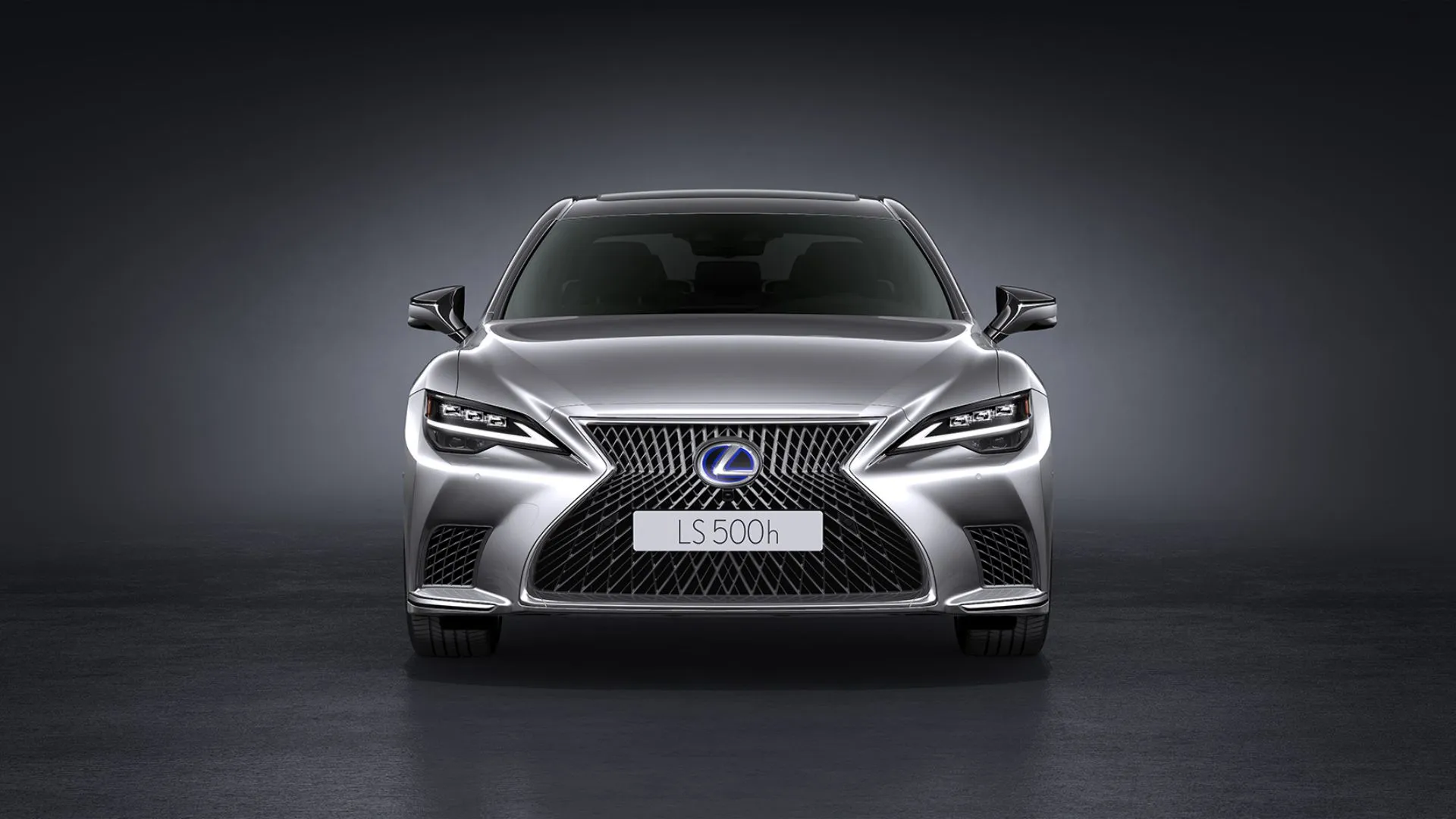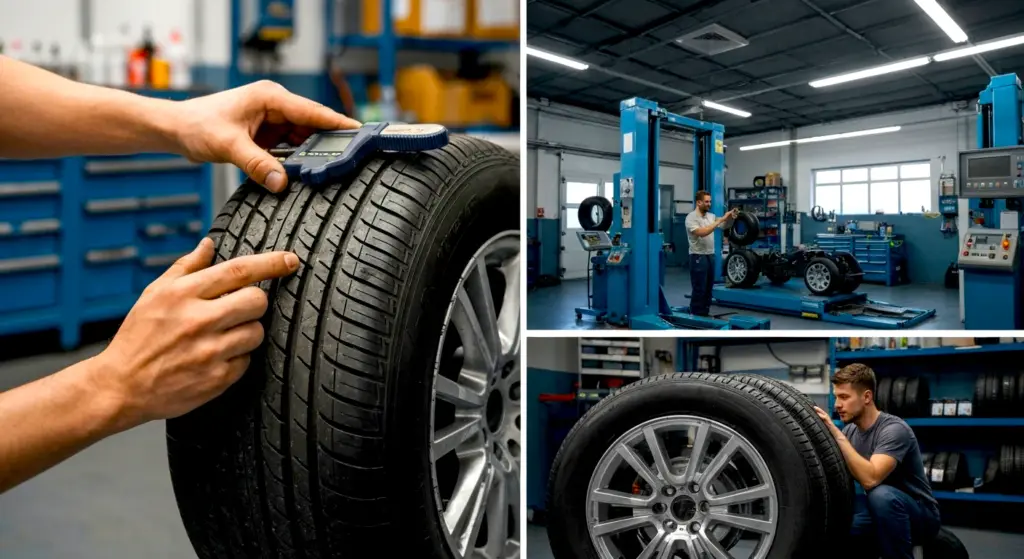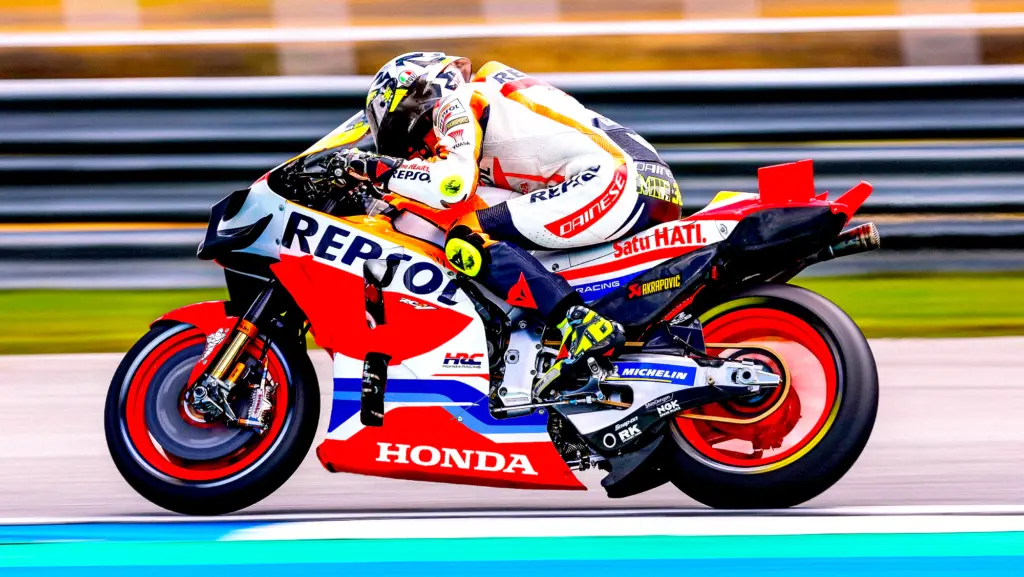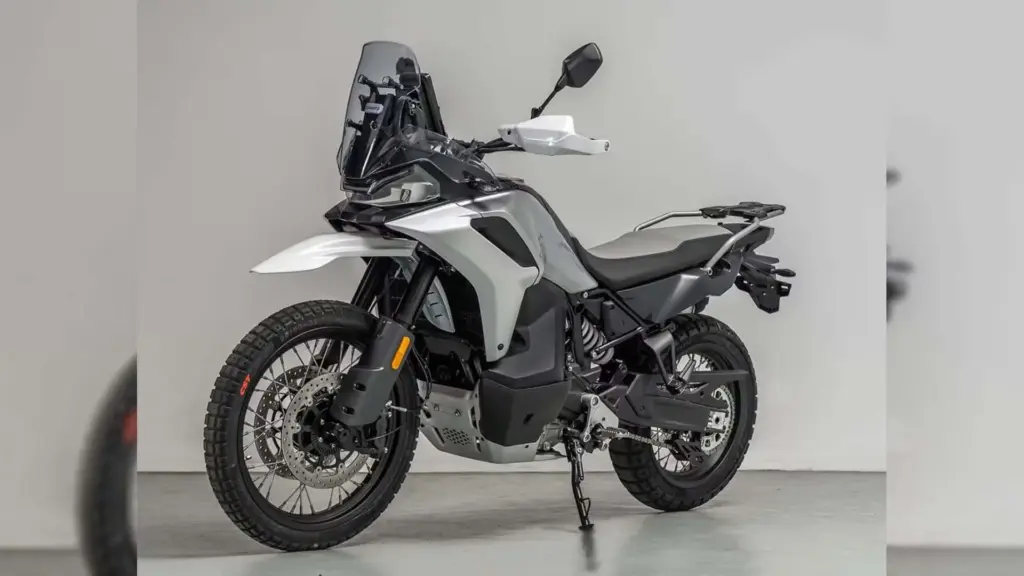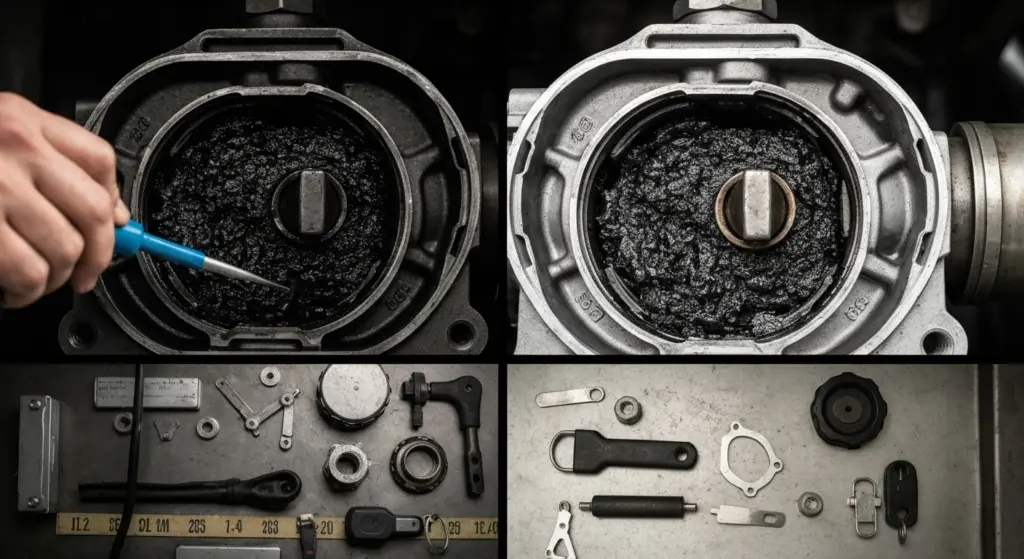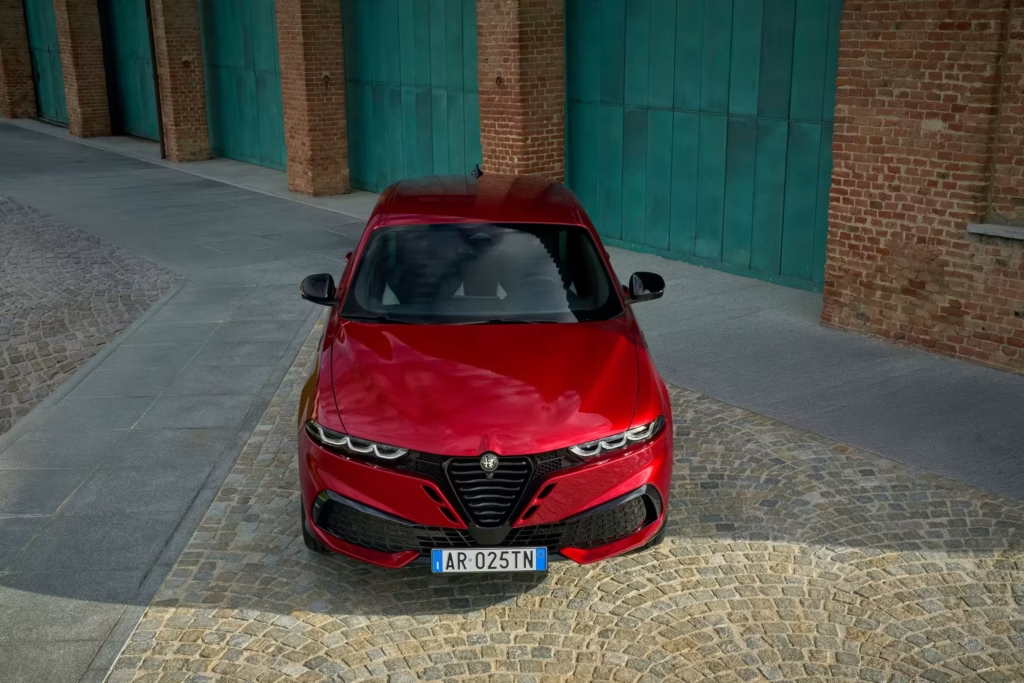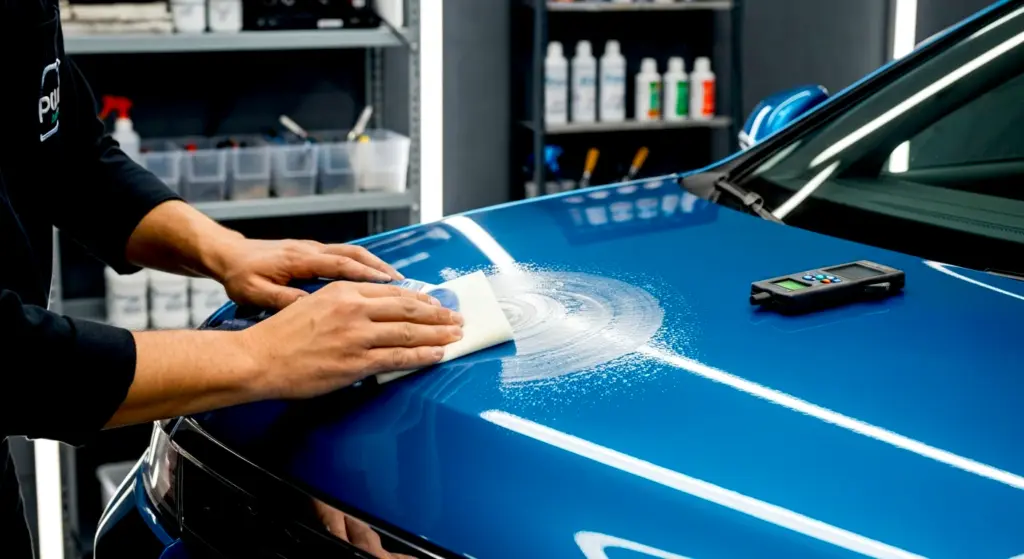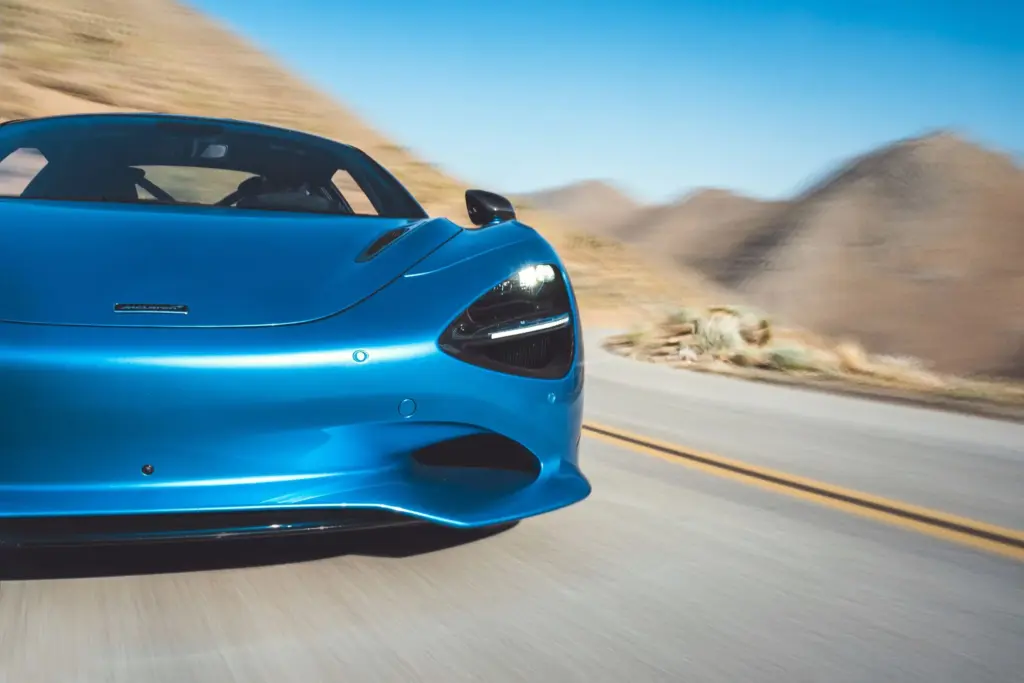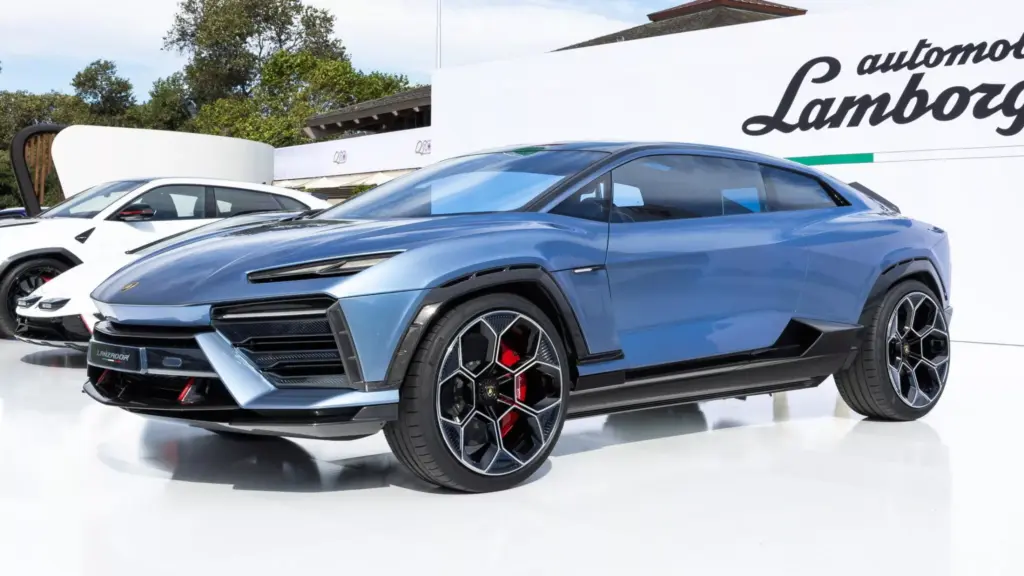Do you blindly trust the stability of your modern sedan, especially if it’s electric or hybrid? Maybe it’s time to rethink. I analyzed the results of the rigorous obstacle avoidance tests, known as the “moose test,” and the truth is somewhat… unsettling. In recent years, a surprising list of sedans, many packed with technology and luxury (and heavy batteries!), simply failed to complete the standard 48 mph maneuver without knocking over cones.
What Is the Moose Test and Why Does It Matter?
Before we get into the “shame list,” let’s understand what this moose test actually is. Officially standardized as ISO 3888-2, it simulates an emergency maneuver: quickly dodging a sudden obstacle (like a moose crossing the road—hence the popular name) and immediately returning to the original lane, all at high speed and without using the brakes. It’s a brutal test for the chassis, suspension, tires, and, crucially, the Electronic Stability Control (ESC) system.
The importance is obvious: it measures a car’s ability to maintain control during a critical evasive maneuver, something that can be the difference between a scare and a serious accident. Labs like the Spanish km77.com and the Swedish Teknikens Värld are world-renowned for executing these tests, seeking the maximum speed at which the vehicle completes the course without hitting any cones.
The unofficial but widely accepted benchmark is to hit 48 mph cleanly. Anything below that is considered a failure, even if the car doesn’t completely lose control. And this is where many recent sedans, especially electrified ones, are stumbling badly.
The Awkward List: 10 Sedans That Failed the Moose Test
Brace yourself—some names here may surprise you. Over the last four documented years of testing, these 10 sedans didn’t reach the 48 mph mark. The trend is clear: high weight (due to massive batteries or excessive luxury) and calibrations focused more on comfort than agility are the main culprits.
1. Lexus LS 500h (2021) – 44 mph
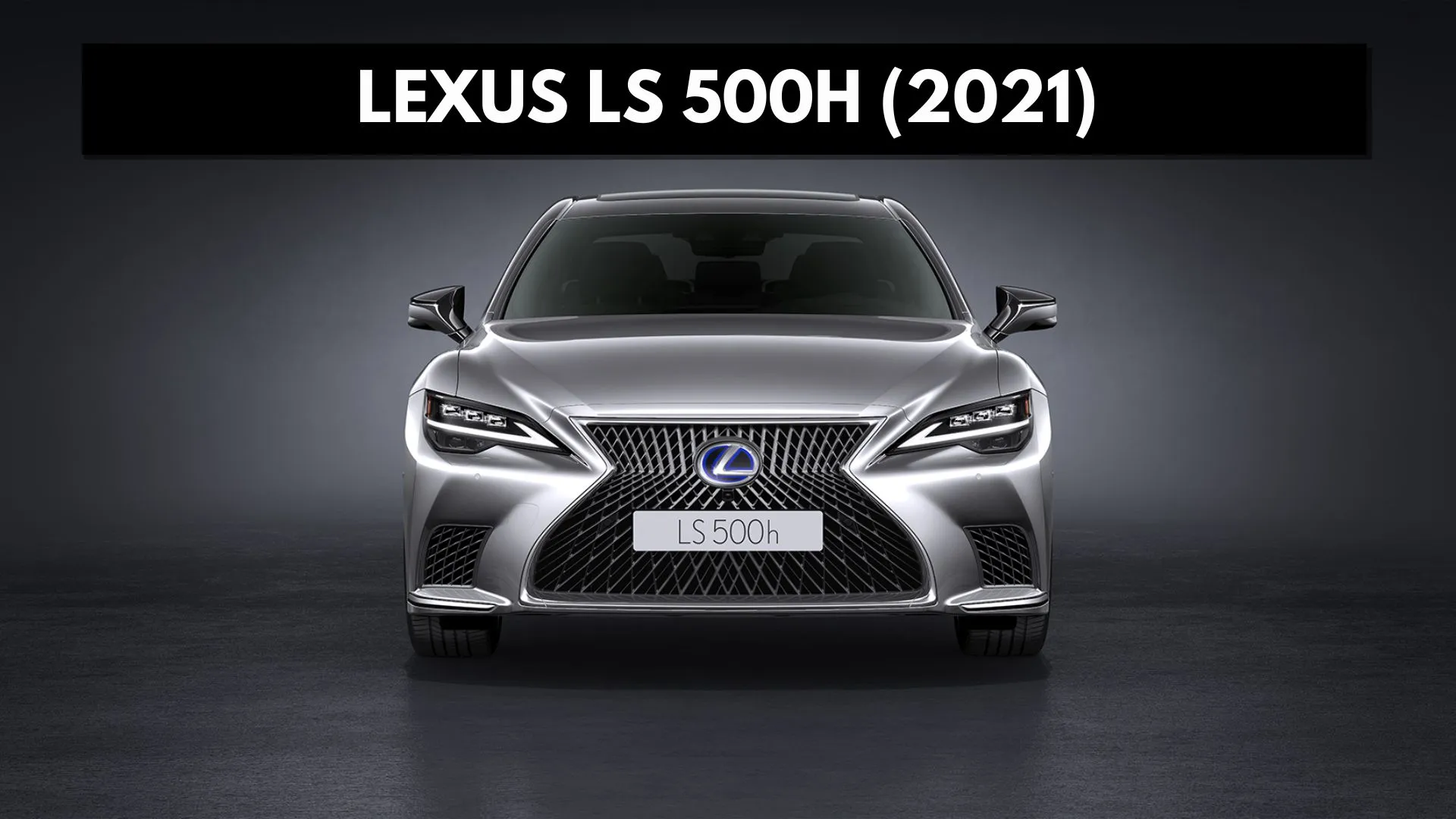
Kicking off the list is the luxurious Japanese sedan. Weighing nearly 5,070 lbs, inertia was a major factor. According to the Formacar analysis, the Electronic Stability Control (ESC) intervened too late, allowing the car to slide more than ideal. The maximum clean speed was only 44 mph, well under the target.
This serves as a reminder that luxury and weight can compromise agility in critical situations. Even comfort-focused models, like the 2026 Lexus ES, which promises electrified luxury, need to balance these traits with active safety.
2. Mercedes-Benz EQS 580 (2023) – 45 mph
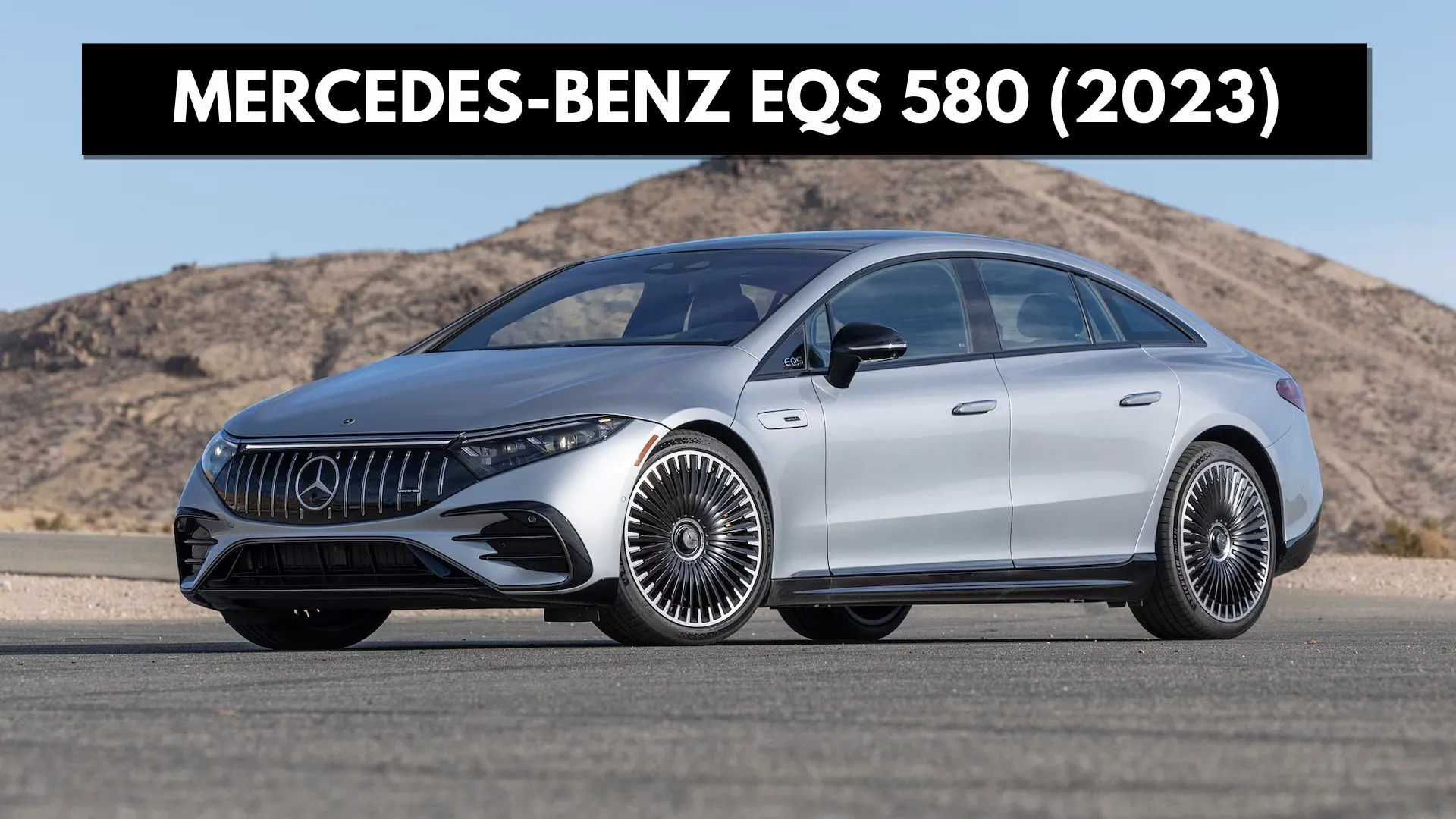
Mercedes’ flagship electric car, the EQS, also disappointed. Weighing an impressive 5,500 lbs with a massive underfloor battery, quick directional changes proved challenging. The test, documented by Motor1.com, showed the car struggling against its own mass, reaching only 45 mph.
This raises questions on how the pursuit of massive range impacts vehicle dynamics. Maybe future technologies, like the solar paint Mercedes plans to test, could help optimize weight and efficiency in some way.
3. BMW i4 eDrive40 (2022) – 45 mph
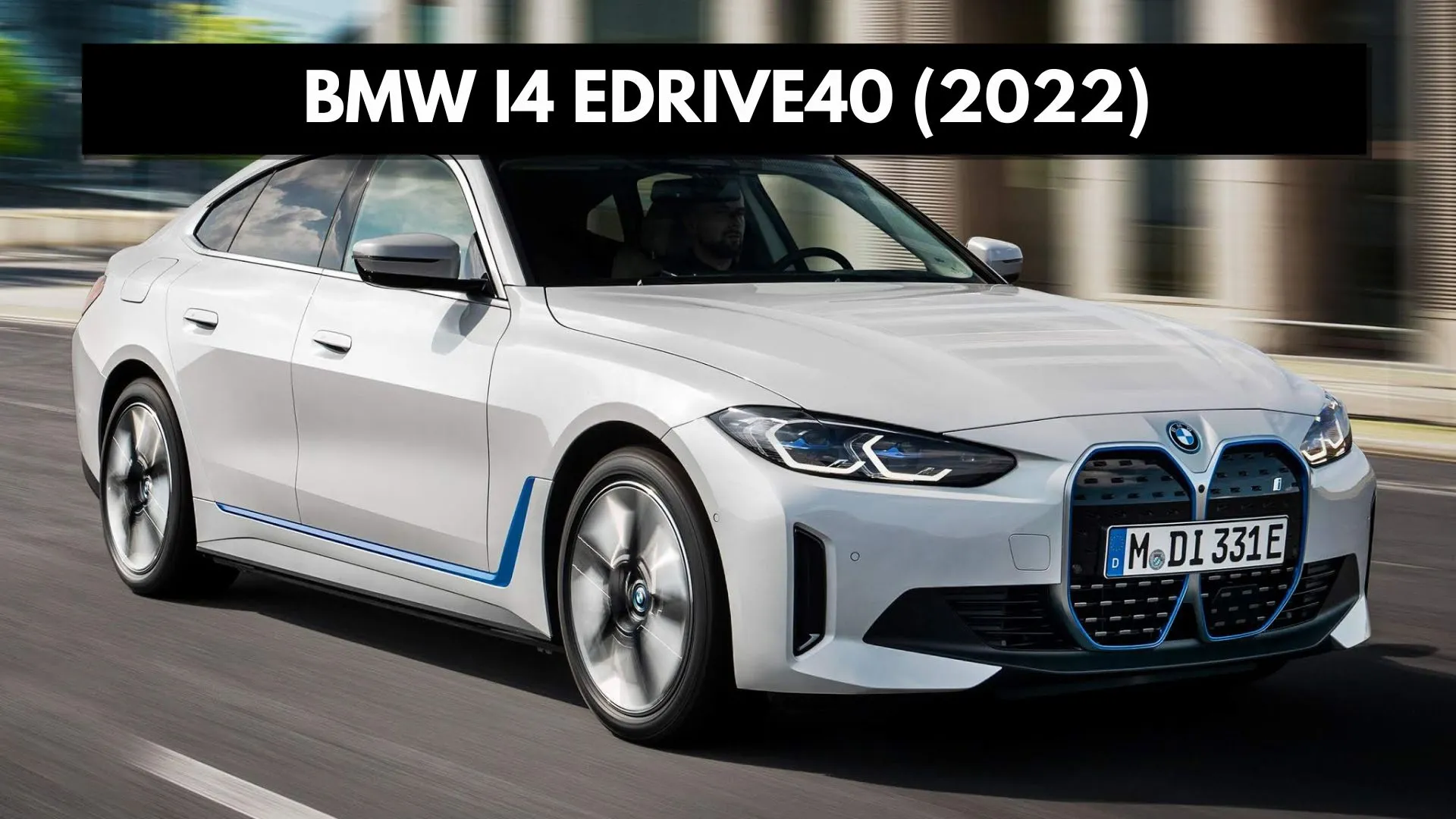
BMW, known for its “Ultimate Driving Machine” dynamics, had its electric representative on the list as well. The i4 showed initial understeer followed by oversteer, indicating maybe a non-ideal ESC calibration for the maneuver, along with weight and tires as factors. It reached 45 mph, as reported by Motor1.com.
It’s interesting how even brands with strong sporty DNA are challenged by EV weight. Larger and more luxurious models, like the 2026 BMW 8 Series Convertible, also carry significant weight, which always affects agility.
4. BMW i5 eDrive40 (2024) – 45 mph
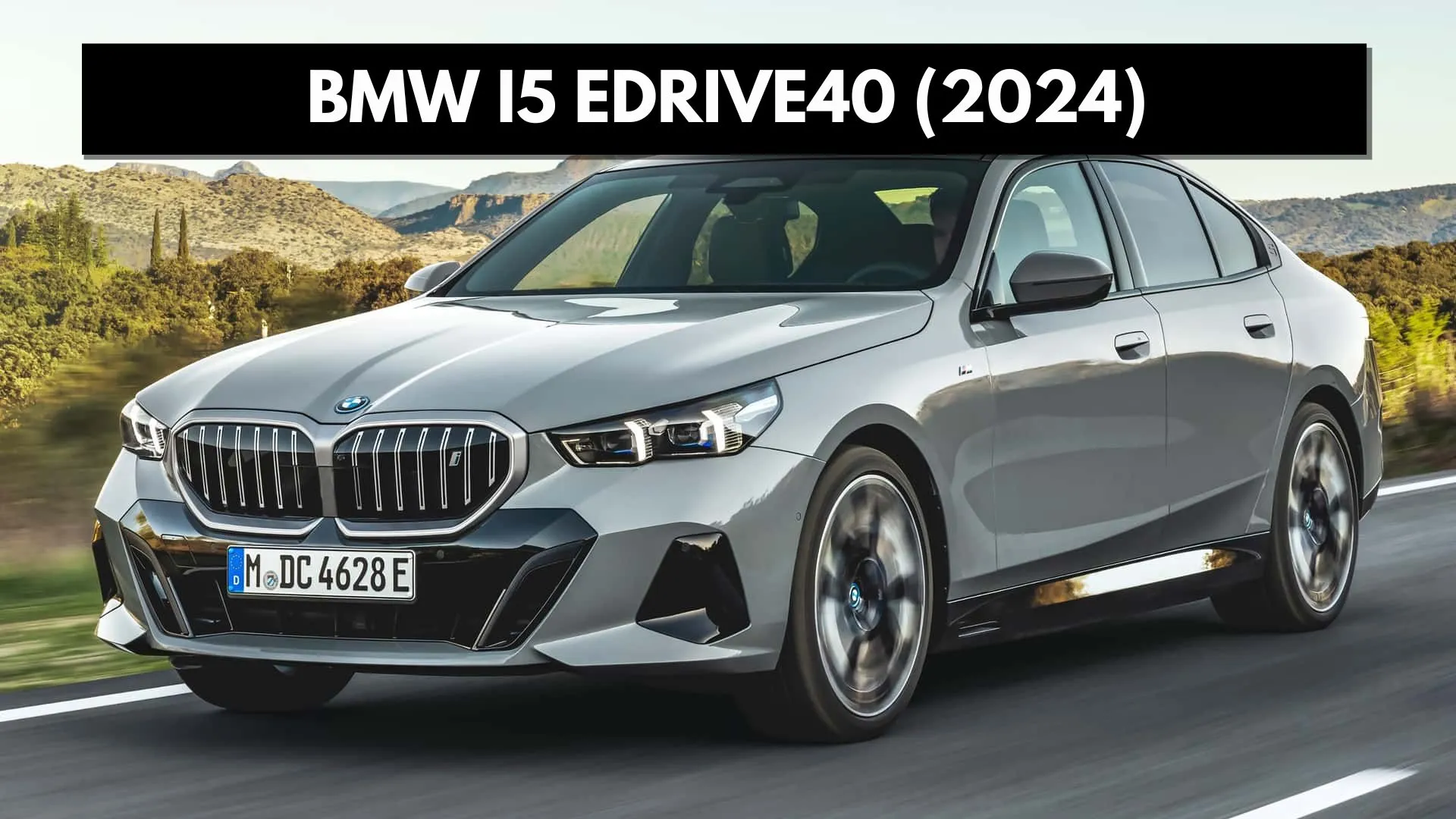
Following in its smaller sibling’s footsteps, the brand-new i5 electric also clocked in at 45 mph. The test reported by BMW Blog showed the driver needed to reduce the entry speed from 49 mph to make a clean 45 mph pass. The soft suspension and 4,850 lbs weight were pointed out as causes.
5. BYD Han EV (2023) – 43 mph
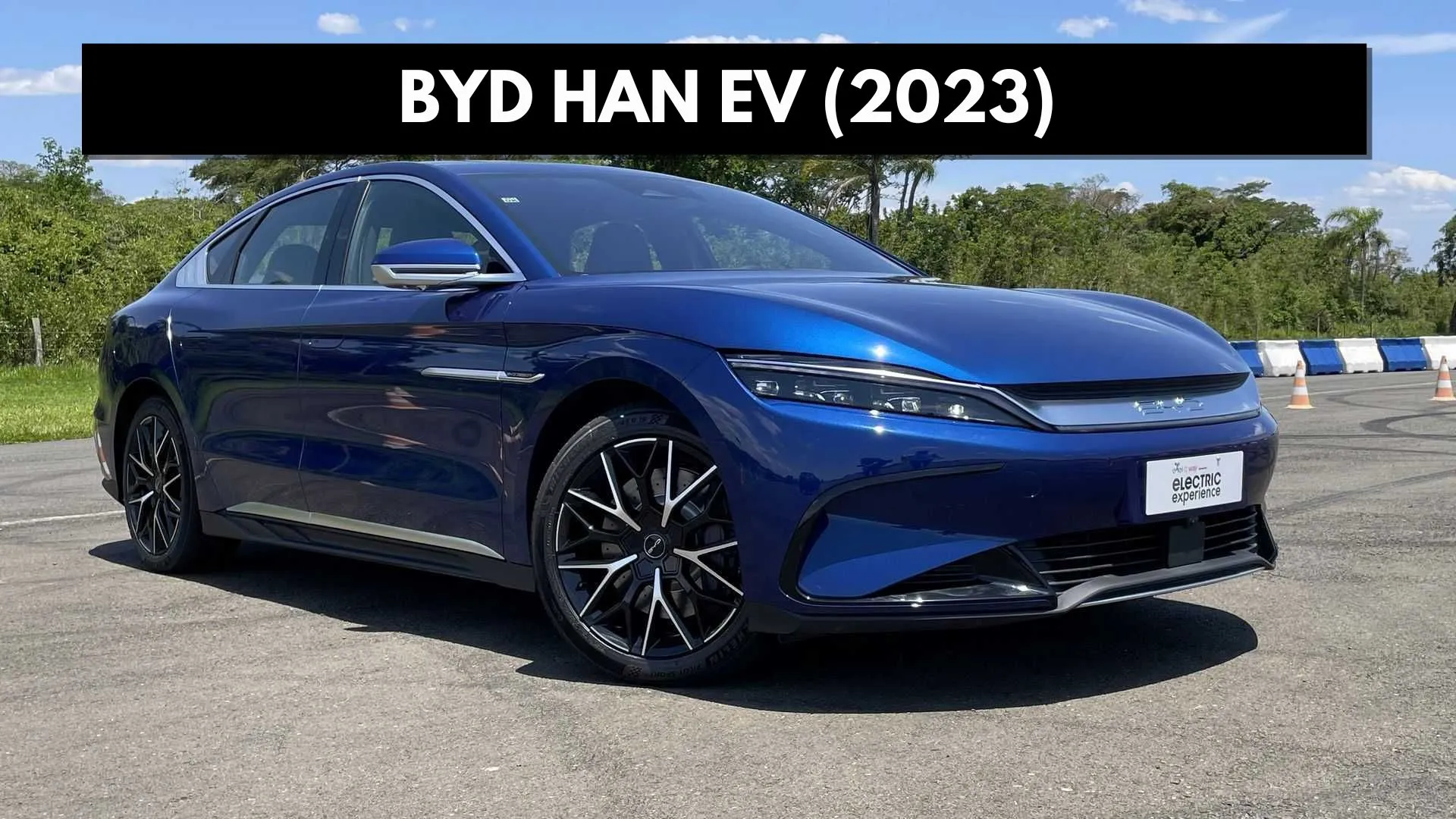
The Chinese electric sedan BYD Han EV had one of the worst recent performances, managing just 43 mph. The test, published by Motor1.com, highlighted strong understeer and an overly sensitive accelerator, which destabilized the car during cone transitions.
6. Hyundai Ioniq 6 (2023) – 45 mph
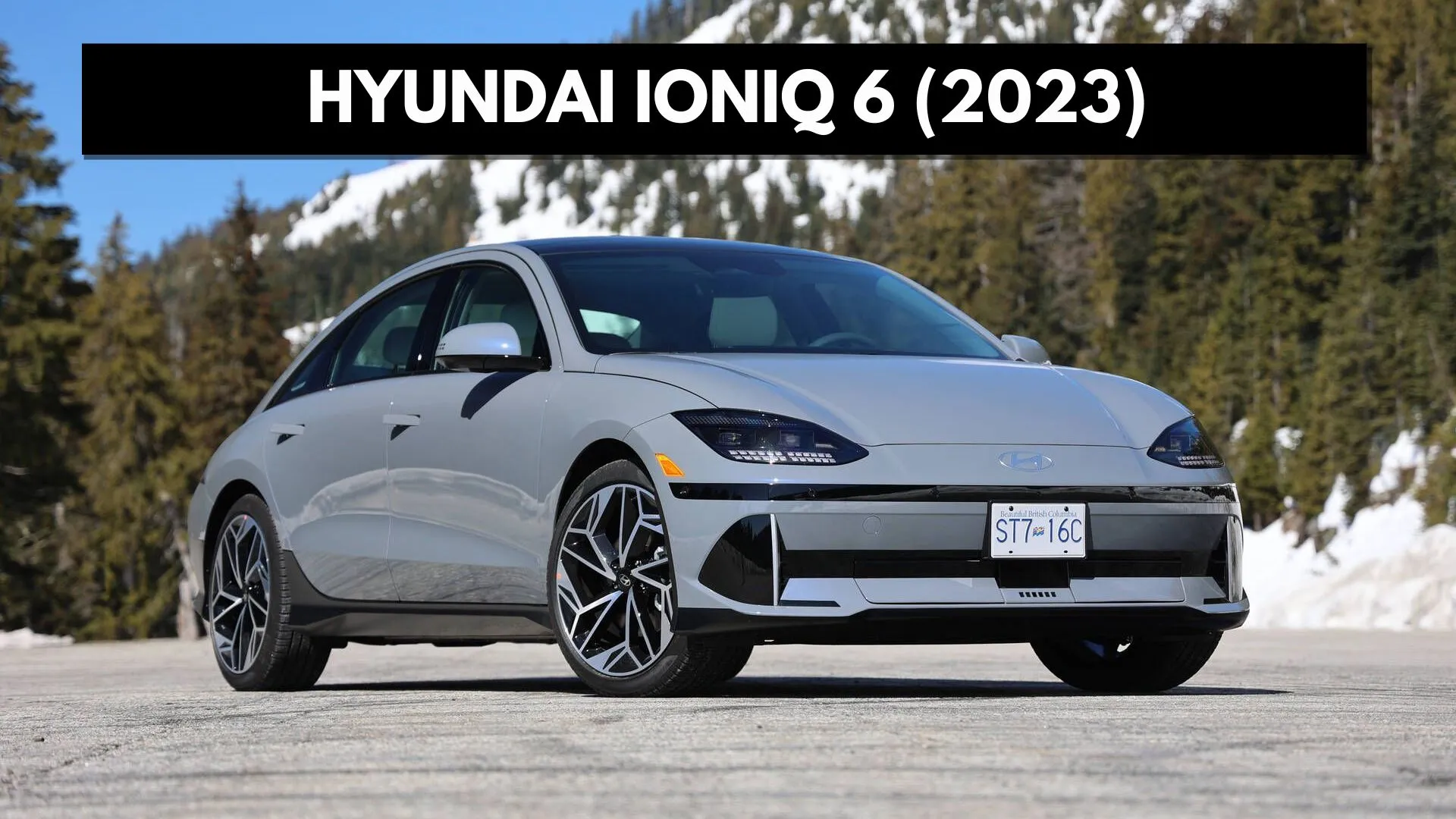
Despite its aerodynamic design and modern approach, the Ioniq 6 didn’t shine on the test. Equipped with low-grip Nexen tires (focused on efficiency) and suspension tuned for comfort, it only managed 45 mph. The Motor1.com analysis points directly to the tires as the main limiting factor.
7. Polestar 2 (2022) – 46 mph
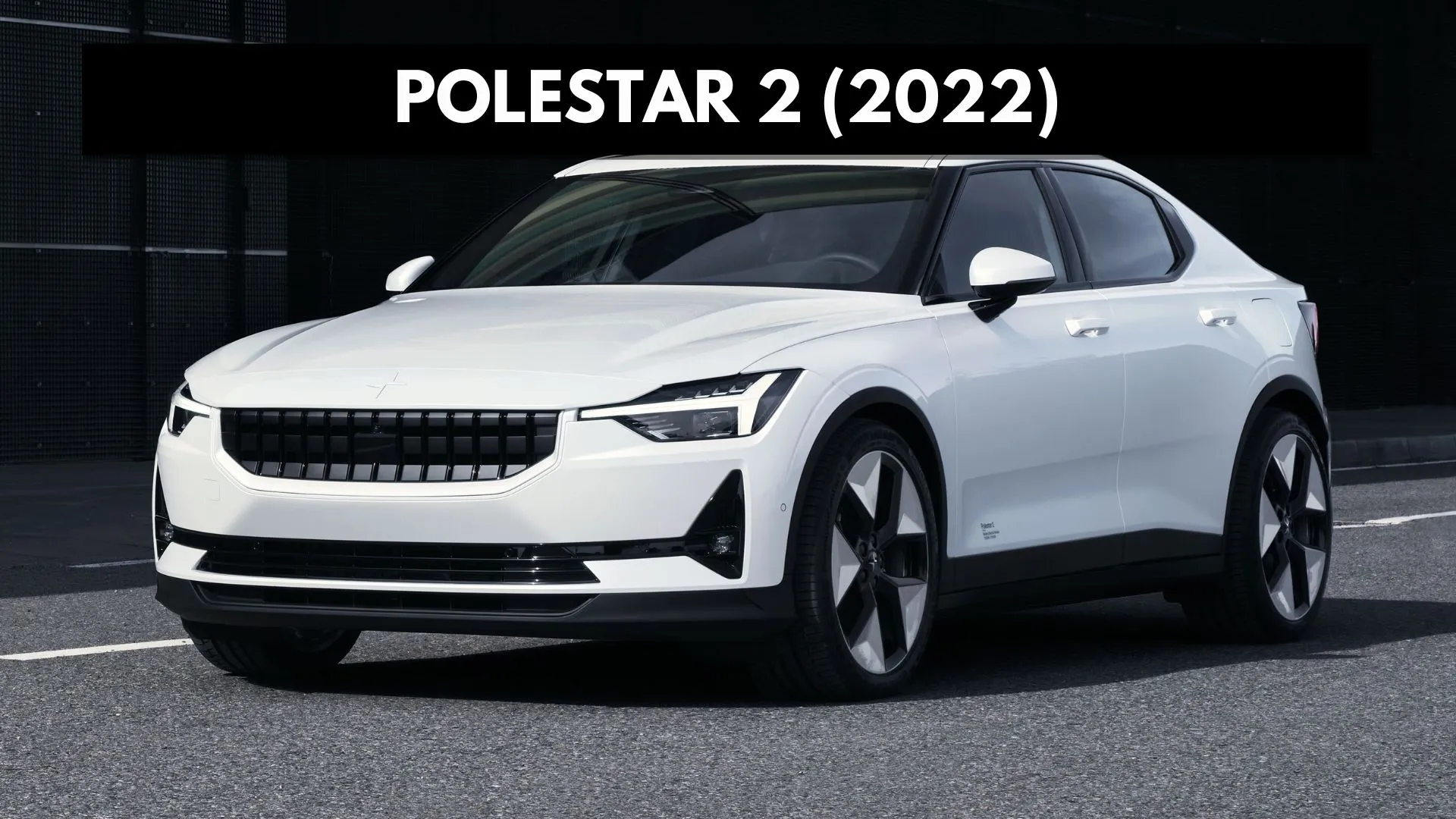
The Polestar 2, often compared to the Tesla Model 3, fell significantly behind its rival in the moose test, reaching 46 mph. Causes, according to InsideEVs, were persistent understeer and an ESC intervention considered too subtle, allowing the car to slide more than desired.
8. Mercedes-Benz EQE (2023) – 46 mph
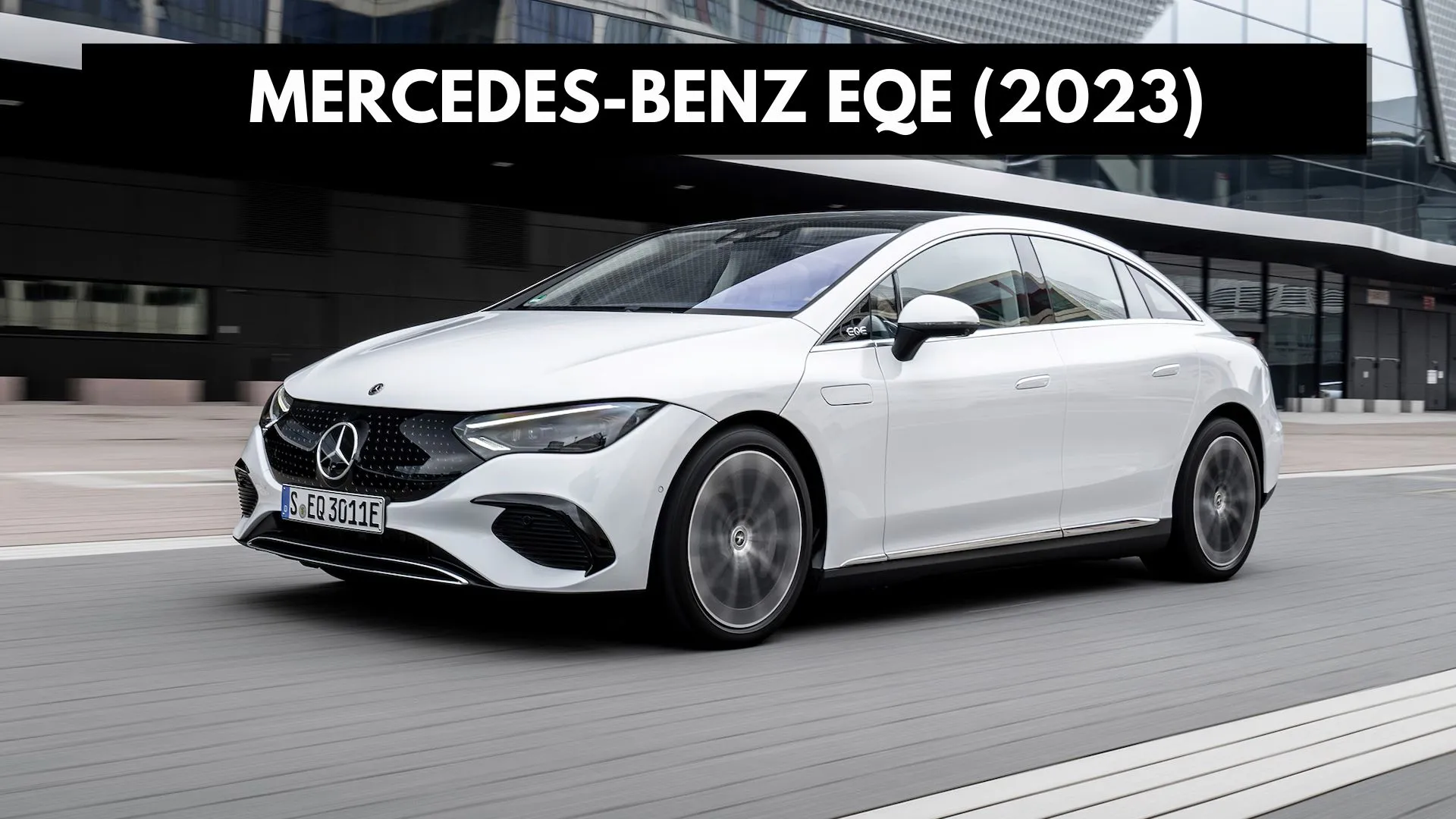
The younger sibling of the EQS, the EQE performed slightly better but still failed to hit 48 mph, marking 46 mph. It showed good neutrality, but the high mass and weight transfer limited its maximum speed on the maneuver, as pointed out by Motor1.com.
9. Audi RS 3 Sedan (2022) – 47 mph
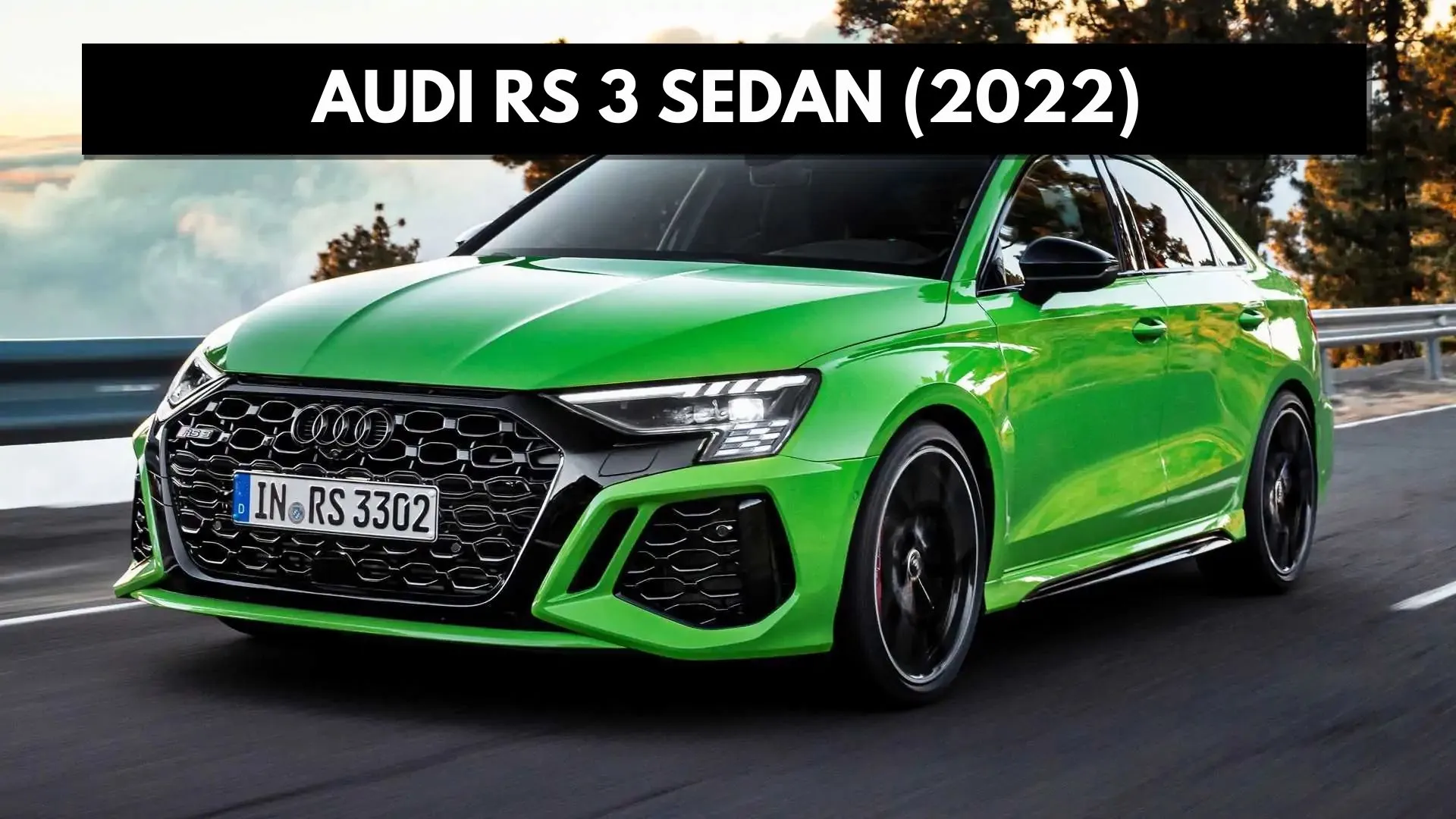
Surprisingly, even a sports sedan like the Audi RS 3, with all-wheel drive and a performance-focused chassis, didn’t meet the target. It came close with 47 mph but showed slight understeer on the second lane change that kept it from going faster, according to Motor1.com.
10. Toyota Camry Hybrid (2022) – 45 mph
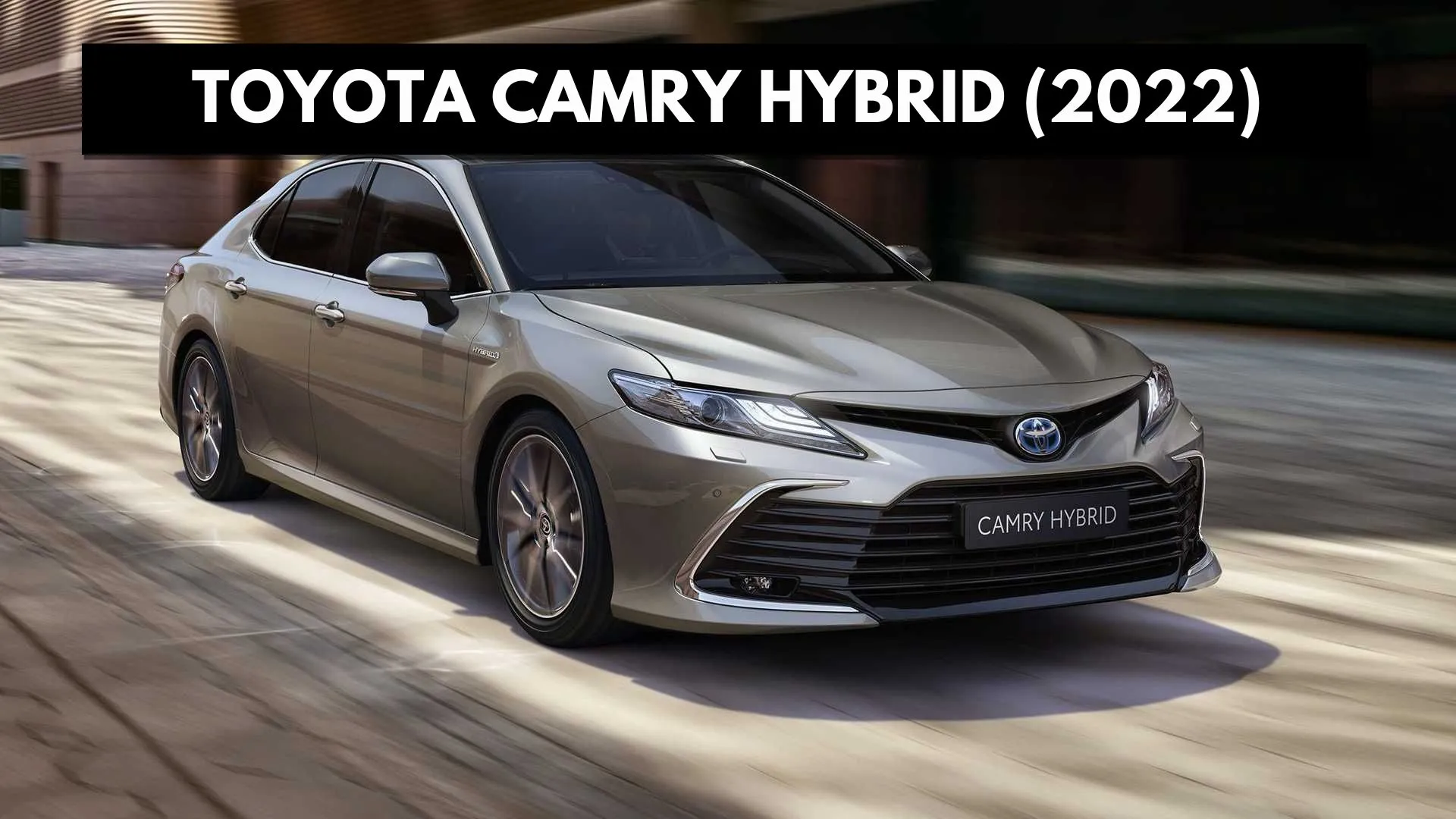
Closing the list is the popular Toyota Camry in its hybrid version. Known for comfort and efficiency, these attributes worked against it in the moose test. Low-grip “eco tires” and soft suspension limited its ability to navigate the cones quickly, resulting in 45 mph, as tested and reported by Motor1.com.
The King of Agility: Why the Tesla Model 3 Shines
Among so many stumbles, one car consistently stands out as the agility king in the moose test among sedans: the Tesla Model 3 Long Range AWD. It holds the absolute record in the category, completing the maneuver at an incredible 52 mph with total stability—a mark no competitor has come close to matching in km77.com tests.
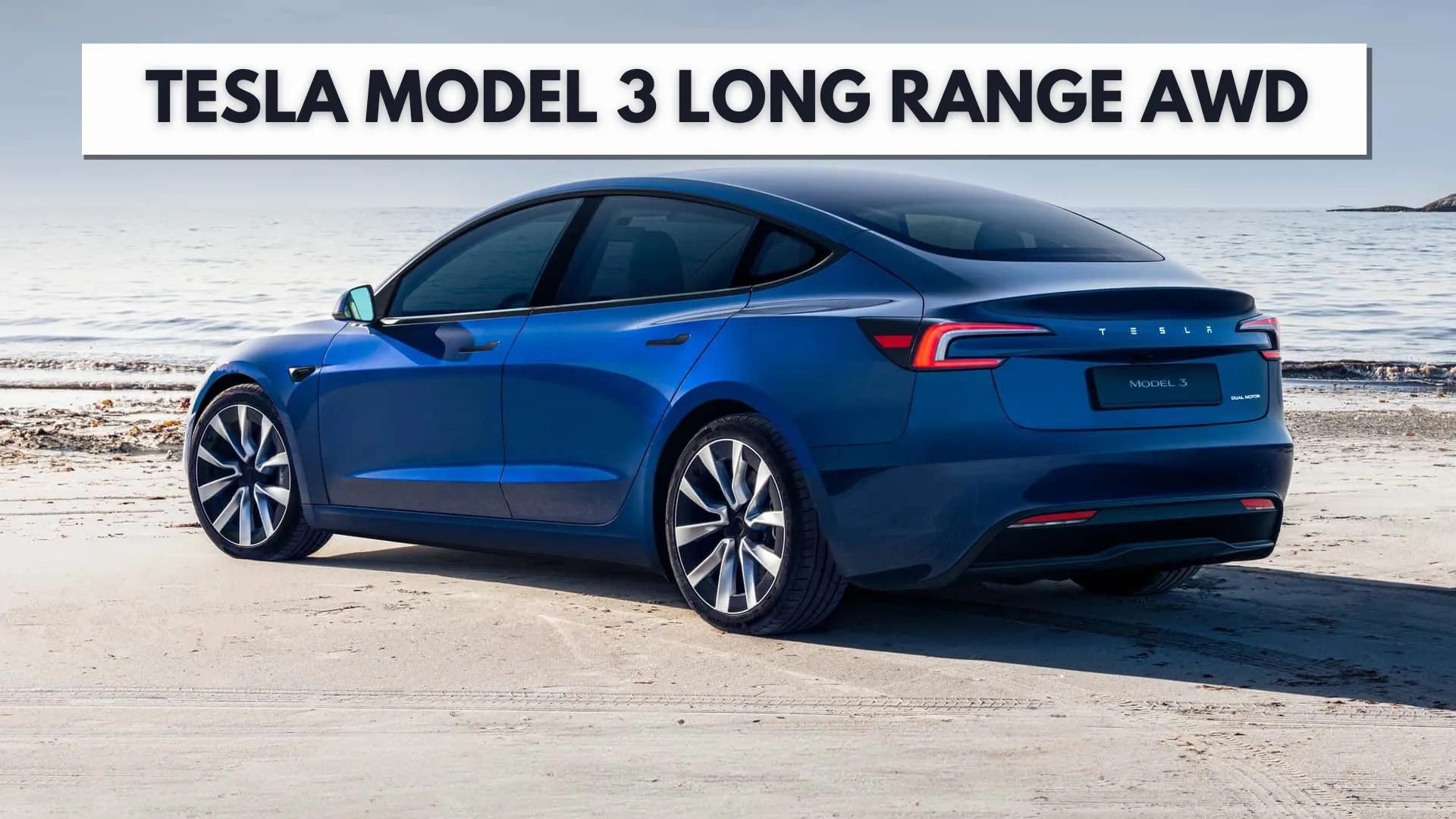
But what’s the secret? It’s a combination of factors: an extremely low center of gravity (thanks to the underfloor battery), near-perfect weight distribution (close to 50:50), aggressive and very effective steering and ESC calibration, tires with good grip (usually Michelin Pilot Sport), and a linear, predictable electric accelerator response. The 2025 Tesla Model 3 promises to keep this excellence, setting a standard.
This superior dynamic performance isn’t limited to just the Model 3. Although an SUV with a naturally higher center of gravity, the 2025 Tesla Model Y (Juniper) also benefits from the same basic architecture and calibration philosophy, showing that dynamics-focused engineering can overcome (to some extent) weight and shape limitations.
Shocking Trends: What Did We Learn from the Tests?
Analyzing this list of failures, some trends become painfully clear for anyone looking for a car that’s not only comfortable or efficient but also dynamically safe in extreme situations.
Critical Failure Factors
- High Mass: Undoubtedly the biggest villain. All luxury EVs weighing over 4,400 lbs struggled to change direction with the necessary agility. Physics are ruthless.
- Tires: The interface between car and pavement is crucial. Models like the Ioniq 6 and Camry Hybrid showed that tires focused exclusively on low rolling resistance sacrifice lateral grip, limiting critical speed in the maneuver.
- ESC Calibration: The electronic guardian angel needs good tuning. Systems that intervene too late (Lexus LS), too lightly (Polestar 2), or cause unwanted reactions (under/oversteer on BMW i4) can hinder rather than help.
- Sedan Body Style: Despite some poor results, sedans’ inherently low profile still offers an advantage. None of the listed cars showed rollover risk or dangerous wheel lift—something we’ve seen occur with many SUVs and pickups on the same test.
Frequently Asked Questions (FAQ) about the Moose Test
- What exactly is the moose test?
Answer: It’s a standardized maneuver (ISO 3888-2) that simulates a rapid obstacle avoidance followed by lane return without braking, to evaluate vehicle stability and control in emergency situations. - Why is 48 mph the standard speed?
Answer: It’s not an official ISO standard but has become a common reference in independent tests (like km77.com) as it represents a realistic highway speed and a good challenge for most production cars. - Is a car that “fails” (does not reach 48 mph) still safe?
Answer: Generally, yes. Failure means not completing the maneuver *cleanly* at target speed. Most of these cars still maintain control and subjective safety at somewhat lower speeds thanks to ESC. The issue is the margin of safety at higher speeds. - Are SUVs worse than sedans in this test?
Answer: Often, yes. Due to their higher center of gravity and greater mass, SUVs tend to have lower maximum speeds on the test and, in more extreme cases, may even lift wheels or roll over, which is rare for sedans. - How can I find out a car’s performance on the test?
Answer: Consult independent sources that conduct and publish the tests, such as km77.com, Teknikens Värld, and automotive websites covering these results.
Observing these results makes me reflect on today’s automotive industry priorities. The race for electrification and impressive range numbers has brought the burden of battery weight. Combined with a growing preference for extremely comfortable suspensions and low rolling resistance tires, it seems agility and responsiveness in emergency maneuvers have taken a backseat for many manufacturers—even premium brands with sporty history. Tesla Model 3’s stellar performance, despite not being the newest release, proves it’s possible to combine electrification with excellent dynamics, but it requires an engineering focus that not all seem to prioritize equally.
Were you surprised by any cars on the list? Do you think the moose test should be a more important factor when choosing a car? Leave your comment below!
Author: Fabio Isidoro
Founder and editor-in-chief of Canal Carro, he dedicates himself to exploring the automotive universe with depth and passion. A car and technology enthusiast, he produces technical content and in-depth analyses of national and international vehicles, combining quality information with a critical eye for the public.

